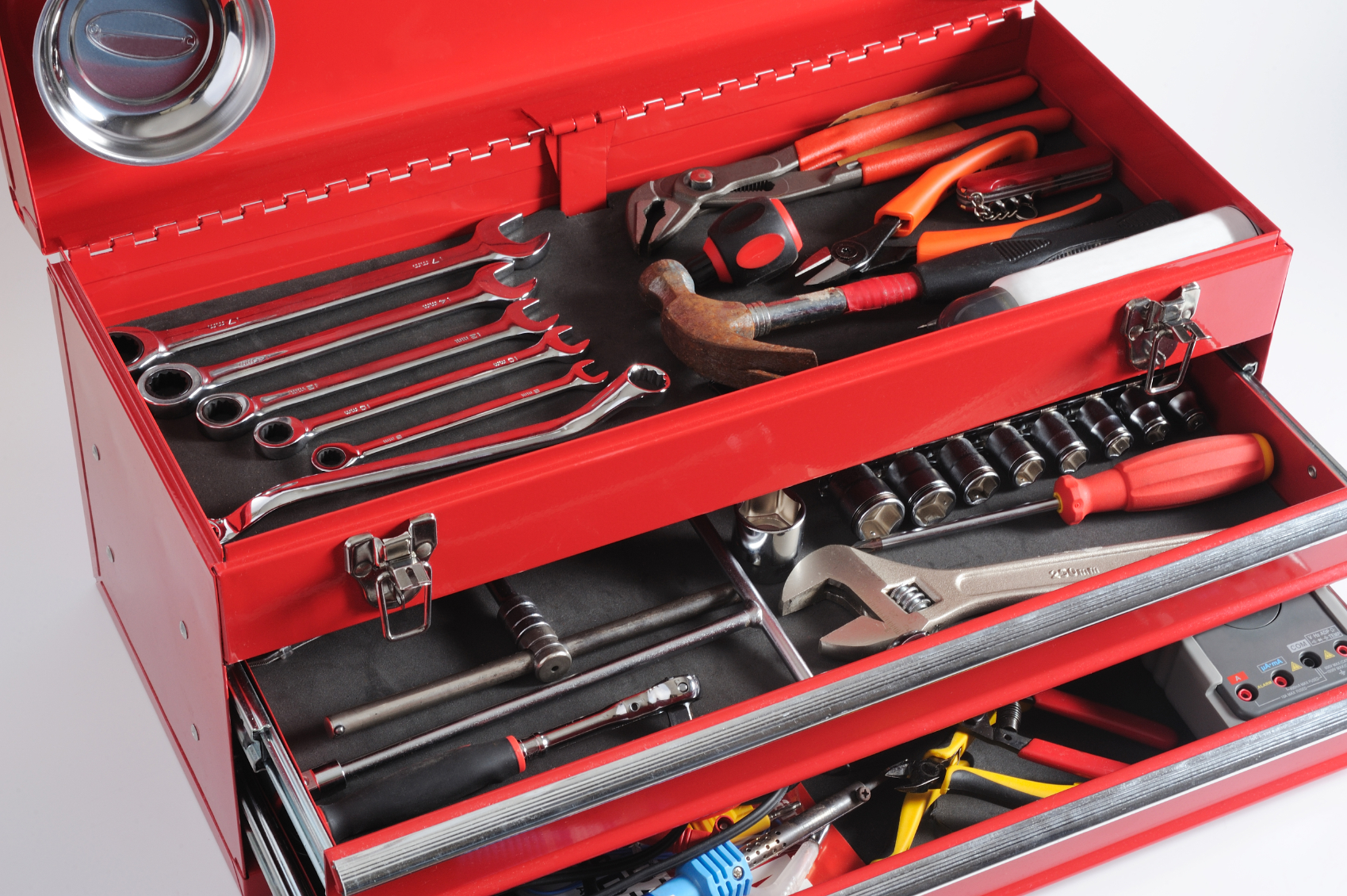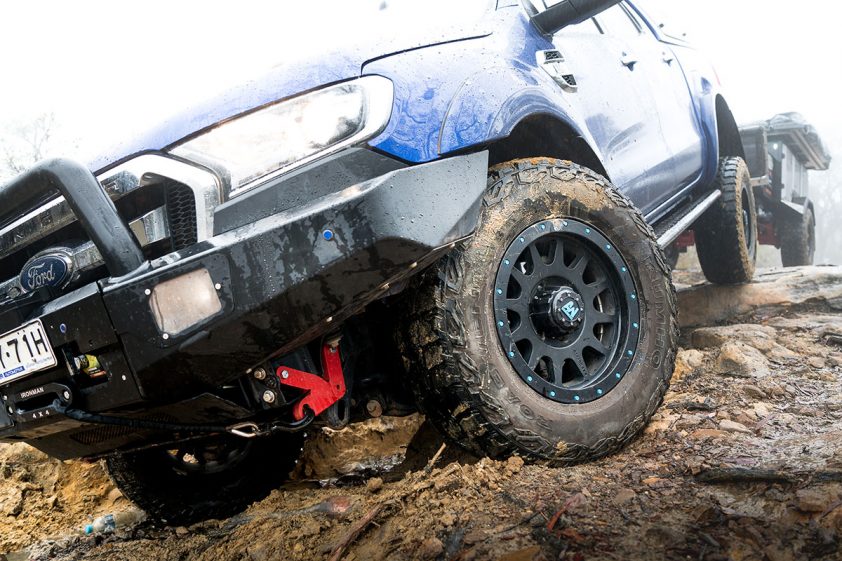When you’re enjoying a day on the water, the last thing you’ll want to do is boat DIY. You never know what might happen, however, so it’s good to have a boat toolbox handy in case there’s need for running repairs.
Appropriate boat tools are a crucial part of any skipper’s safety kit. Your toolbox doesn’t have to be any bigger than a tackle box, but should include what you’ll need in most situations. Anything that can’t be temporarily fixed with these tools is likely going to be a bigger job, and should be tackled back on shore.
The essential boat tools
The following list is indicative of the basics only: what you need will depend on the size, type and make of your boat, together with how confident you are using the tools while afloat. You’ll probably also find you add and remove some items over time.
- Screwdrivers (Phillips and flat head of various sizes).
- Stainless-steel pliers for cutting wires or gripping fasteners.
- Adjustable wrench. Ratchet or socket set (including a socket to fit the spark plugs).
- Some lengths of electrical wire, preferably with insulated alligator clips on each end for patching. Alternatively, invest in some crimp-on connectors.
- Voltmeter to check fuses are not burnt out or overloaded.
- Hose clamps.
- An assortment of spare light bulbs, fuses and batteries.
- A length of fuel line, joiners and a spare fuel bulb.
- Spare spark plugs.
- Marine-grade nuts, bolts, screws and washers. The constant pounding a boat endures in the water means that fasteners are constantly in need of tightening, so be prepared to act whenever you notice any that are loose.
- Electrical and gaffer tape.
- cable ties.
- Grease and lubricant.
- Cleaning gear. Keep some rags and brushes handy.
- Safety gear, such as eye protection and gloves and something to collect oil spills.
- Your engine service and troubleshooting guide.
- A float or length of swimming-pool noodle that can be attached to any tools that might fall overboard during use.
Keep them waterproof
Tools won’t last long once they’ve come into contact with salt water, so to avoid finding rusty skeletons when you need a spanner, get a toolbox that is airtight. If the toolbox is advertised as ‘waterproof’, make sure it’s not just ‘water-resistant’, because water and salt will eventually get in unless the seal is top-notch.
- Store spare parts in zip-lock bags to keep them organised and watertight. For extra protection, throw in a paper towel doused in WD40 to deter corrosion.
- To keep your toolbox and its contents in good condition, remove it from the boat at the end of the day and keep it in a dry place.
Possibly the best tool you can have in your boat safety kit is a subscription to a local marine rescue group, such as the Australian Volunteer Coast Guard Marine Assist service.
Electricity and water can mix, if you follow our electrical safety tips for your boat.





